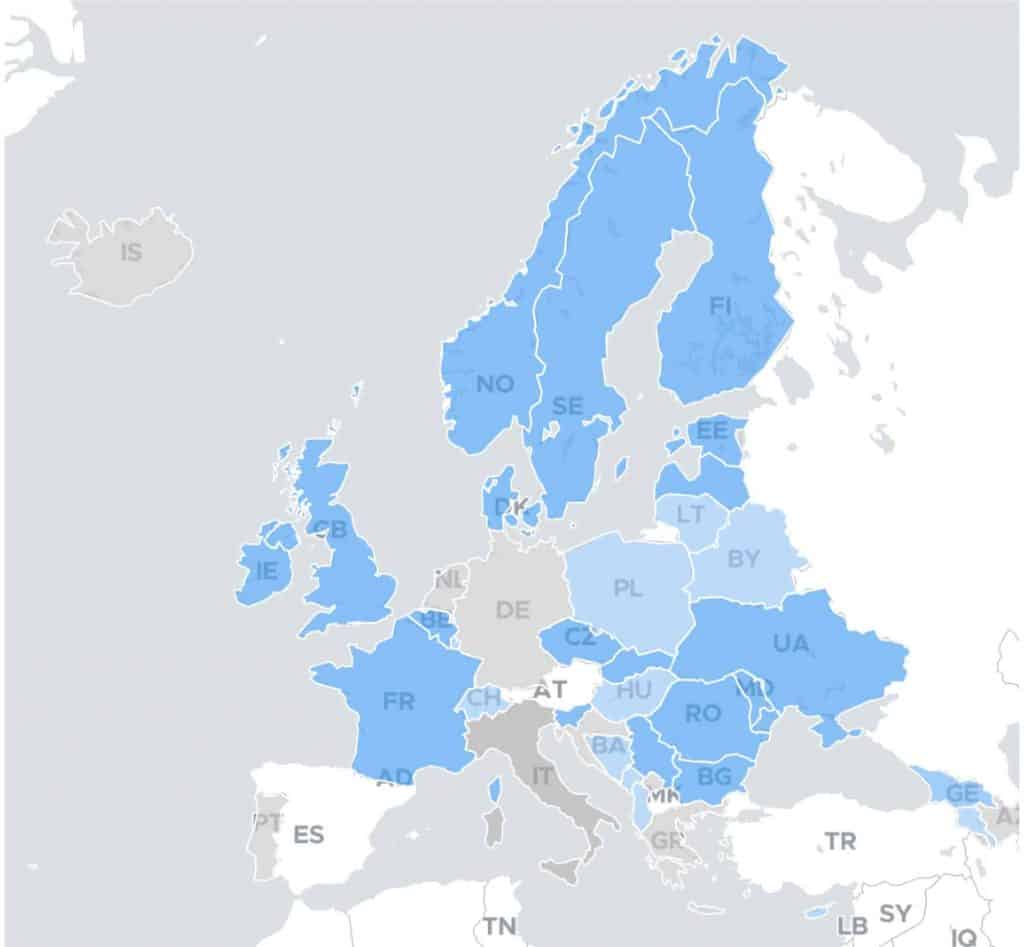Updated on June 9, 2022
With more than 115 million B2B companies in our database, we are often asked where is our data coming from? Well, it is a two-fold question: one refers to compliance and legitimate sourcing, and the other refers to accuracy.
What is Open Data?
Open data is the information that can be freely used/reused and redistributed by anyone. It allows interoperability of different open B2B data sources which allow data blending (access and availability, reuse and redistribution, and universal participation).
Here are the most important features of open data:
- Access and availability: the data must be fully available with no more than a reasonable reproduction cost, preferably downloadable over the Internet, in a convenient and modifiable form.
- Reuse and Redistribution: the data must be provided under terms that permit reusability and redistribution including intermixing with other datasets.
- Universal Participation: there is no limitation to who is allowed to use, reuse and redistribute the data (this also includes eg. consent for commercial usage).
All these three points combined lead to interoperability, i.e. the ability of diverse systems and organizations to collaborate. In this case, it is the ability to interoperate or intermix different datasets.
Interoperability is of crucial importance since it allows for different modules to work together. This possibility to componentize and to connect modules is essential for building large-scale, sophisticated systems. Without interoperability this becomes almost impossible.
We face a similar situation regarding open B2B data. The core of “commons” in data (or code) is that one piece of “open” material contained therein can be freely intermixed with other “open” materials.
Interoperability is the key to realizing the main practical benefits of “data openness” – the dramatically enhanced ability to combine different datasets together, and thereby to develop more and better products and services.
What are our data sources: Public available data from government sources, company websites and search engine results;
How do we ensure data integrity and compliance: All data is quarterly updated and enriched via publicly available sources.
We ensure that when clients get multiple open datasets from different sources, they can be merged together into larger systems where the real value lies.
How is Open Data supported in the EU?
Currently EU member states provide different levels of company information data. Some of the governments provide full access to open b2b data. This means that company register number, and basic company profiles (phone, website, industry, financial figures, contact people) are already available from these sources. However the available data differs based on the country member state.
The map below shows the level of open data by member state:

Ranking factors include:
- Openly Licensed
- Open and machine-readable format
- Downloadable at once
- Up-to-date
- Publicly available
- Free of charge
How is our B2B data updated and enriched?
All the data is updated, verified and enriched automatically. By having a sleek company structure and deep focus on automation, we are able to provide pricing models that others can’t.
- Take a company record, for example, how do we know if the phone number changed, if there are new employees linked to it, or whether the company has ceased to exist? For this we run quarterly checks on the company and contact records.
- Another example, we have the local company register number available on every record which we can back check with the open data portal of a country (eg. Chamber of Commerce in the Netherlands, or company house in the UK).
- A quarterly check by parsing the URL gives information on whether the website is still accessible, whether there are any updates for employees, and whether the contact details are still up-to-date. In addition, we quarterly send a pulse signal to all phone numbers on file to check whether the phone number is still working.
- The base of all our data is the company data provided by official registers. From there we enrich all company records with a URL, where possible. The URL is a key variable as to company data, firmographics, employee profiles, industry profiles, and many more.
- Data can additionally be enriched with social media profiles to define your ideal customer.
Overall the whole Sales.Rocks platform is a powerful engine that transforms publicly available data into a structured Sales and Marketing Engine for European Data.


